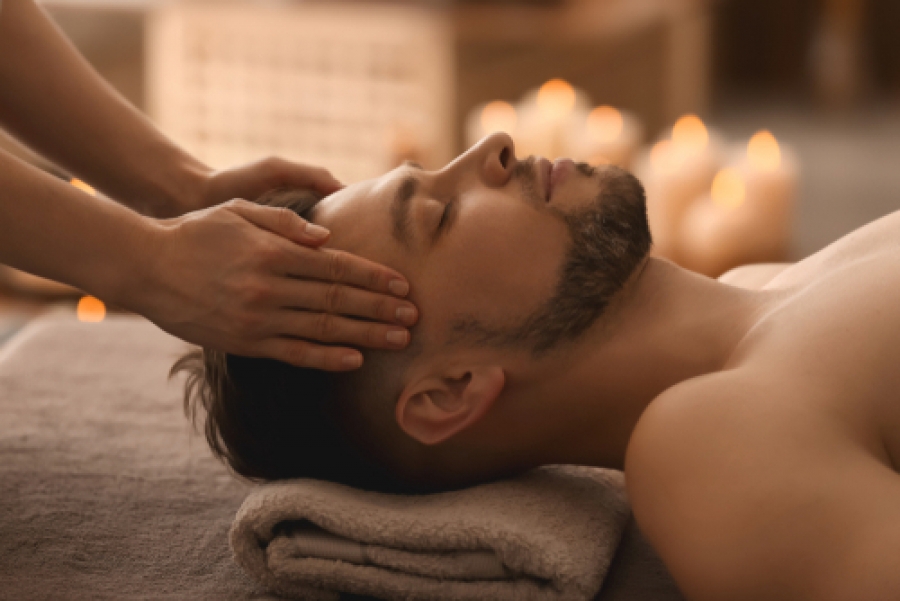
In the realm of alternate medication and holistic healing practices, reflexology stands out as a increasingly prominent and remarkable strategy. This old technique, rooted in the belief that details points on the ears, feet, and hands correspond to various body organs and systems of the body, has actually been obtaining traction in the Western globe as a complementary therapy for various wellness problems.
Recognizing the Foundations of Reflexology Reflexology is based upon the concept that there are response areas in the feet and hands that are linked to all parts of the body. Experts think that using pressure to these certain points can advertise health in the corresponding organs with power paths. While the precise systems are not completely understood by modern science, lots of people report substantial benefits from reflexology sessions.
The theory behind reflexology recommends that the body is split right into 10 vertical areas, each representing fingers and toes. By using pressure to details factors within these areas, reflexologists intend to release blocked power and promote recovery.
東京 of Reflexology The beginnings of reflexology can be traced back countless years. Old Egyptian tomb paintings dating back to 2330 BC portray what shows up to be foot and hand massage. Similarly, conventional Chinese medicine has actually long recognized the connection between stress points and the body’s total health and wellness. Nevertheless, contemporary reflexology as we understand it today was established in the very early 20th century by Dr. William Fitzgerald and later improved by Eunice Ingham, usually referred to as the “mother of reflexology.”
The Reflexology Process: What to Expect A regular reflexology session begins with an appointment where the practitioner goes over the customer’s health history and present concerns. The customer after that eliminates their footwear and socks and sits easily or exists down. Utilizing their hands, fingers, and often tiny devices, the reflexologist applies differing degrees of stress to specific points on the hands, feet, or ears.
The session usually lasts between 30 to 60 minutes, throughout which clients typically report feeling deeply relaxed. Some individuals experience sensations in various other components of their body as different points are promoted, which reflexologists analyze as energy moving through the body.
Possible Benefits of Reflexology While clinical research study on reflexology is recurring, many individuals report a range of gain from normal sessions. These may include:
Decreased anxiety and anxiety Improved blood circulation Enhanced rest high quality Relief from migraines and migraine headaches Alleviation of gastrointestinal problems Boosted power degrees Support for hormone equilibrium It’s essential to note that reflexology is typically taken into consideration a corresponding therapy and should not replace standard clinical treatments. Numerous discover it an important enhancement to their total health regimen.
Reflexology in Modern Healthcare As rate of interest in all natural health and wellness methods expands, reflexology is discovering its location in various health care settings. Some hospitals now provide reflexology as component of their integrative medication programs, especially for people managing persistent pain, cancer-related signs, or anxiety. Lots of day spas and health facilities also consist of reflexology in their solution offerings, acknowledging its potential for anxiety relief and relaxation.
Study released in the Journal of Complementary and typical Medicine suggests that reflexology may work in minimizing pain and boosting relaxation, making it a promising corresponding therapy for different conditions.
DIY Reflexology: Self-Care at Home While specialist sessions can be helpful, some basic reflexology methods can be practiced in the house. Simple foot rolls using a tennis round or reflexology devices can assist boost points on the feet. Many individuals locate this a relaxing way to loosen up at the end of the day or to ease foot pain from standing for lengthy periods.
The Future of Reflexology As a lot more research is conducted, reflexology might obtain additional recognition in the clinical neighborhood. Current researches are discovering its possible applications hurting management, stress and anxiety decrease, and even as a supportive therapy for patients undertaking cancer therapy. The non-invasive nature of reflexology, combined with its prospective to promote leisure and general well-being, makes it an eye-catching option for those seeking natural methods to health and wellness maintenance.
Whether considered as an all natural art or a science-based therapy type, reflexology provides a distinct method to understanding and supporting the body’s all-natural recovery processes. As we remain to discover the elaborate connections between different components of our body, practices like reflexology advise us of the power of touch and the possibility for healing that lies within our very own hands and feet.
Comprehending the Foundations of Reflexology Reflexology is based on the principle that there are reflex areas in the feet and hands that are connected to all components of the body. Modern reflexology as we understand it today was established in the early 20th century by Dr. William Fitzgerald and later on fine-tuned by Eunice Ingham, typically referred to as the “mommy of reflexology.”
The Reflexology Process: What to Expect A typical reflexology session starts with an examination where the professional discusses the client’s health and wellness history and current issues. Reflexology in Modern Healthcare As interest in holistic health practices expands, reflexology is finding its place in numerous medical care settings. DIY Reflexology: Self-Care at Home While professional sessions can be advantageous, some fundamental reflexology techniques can be exercised at home.